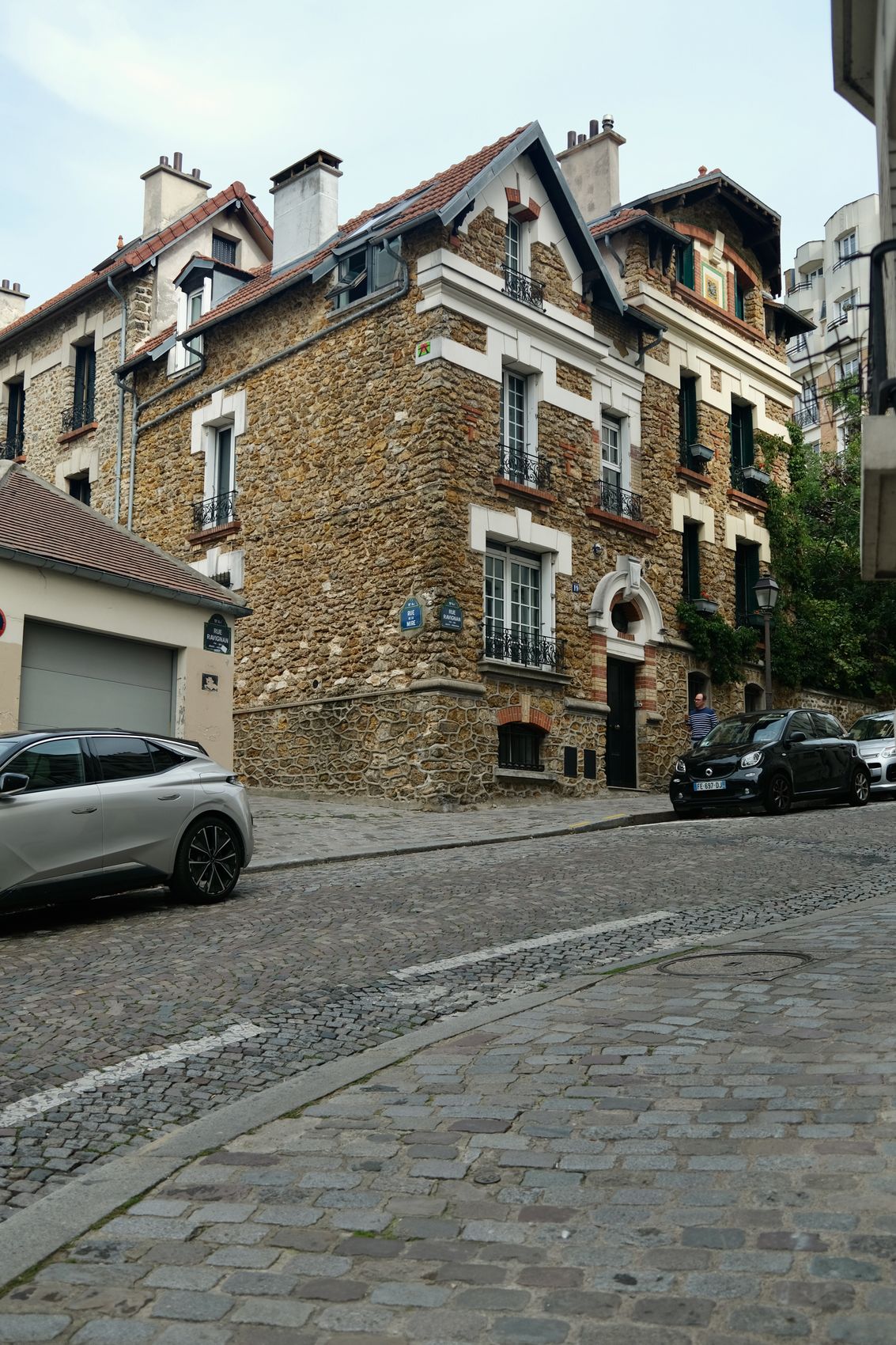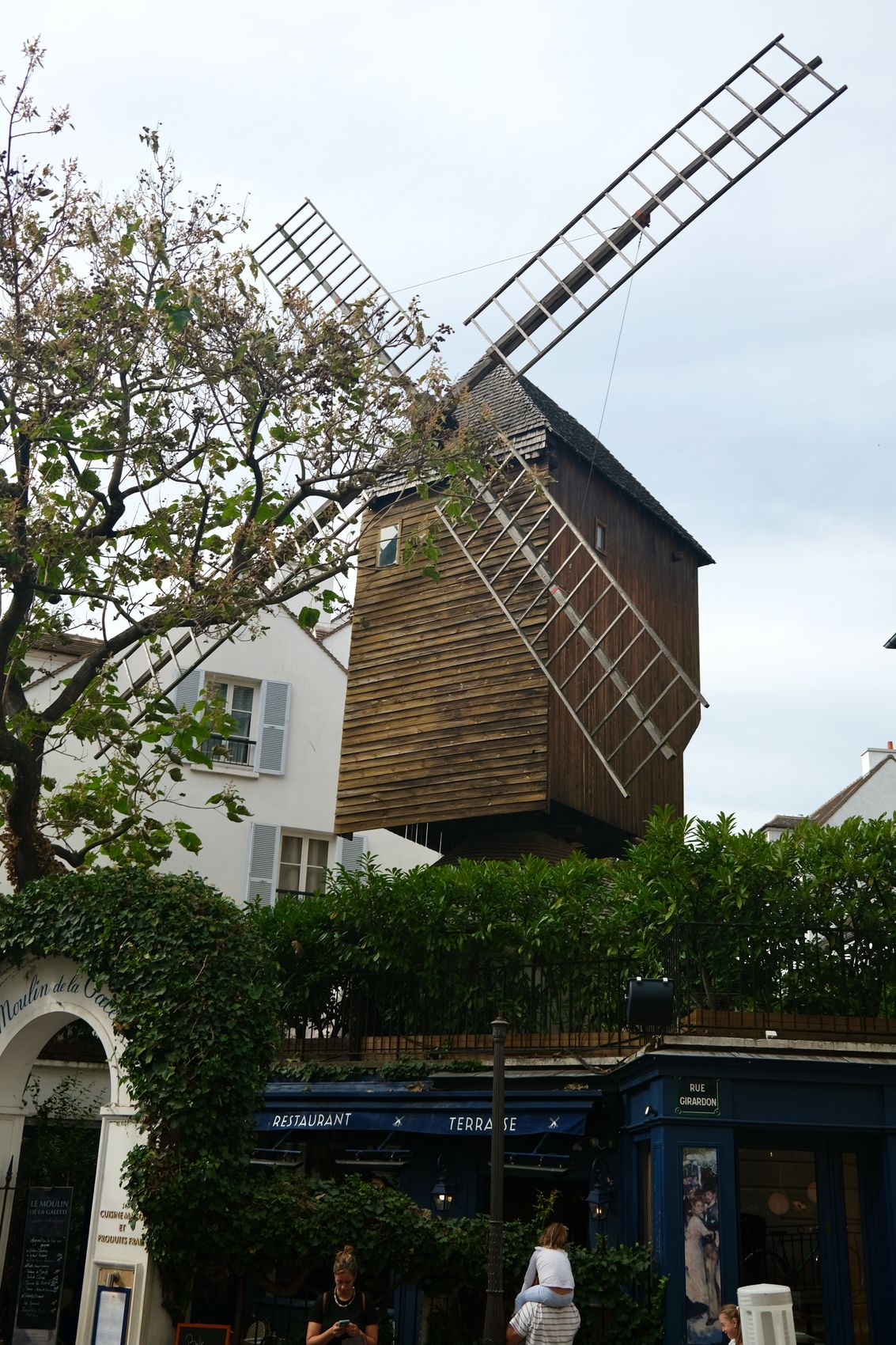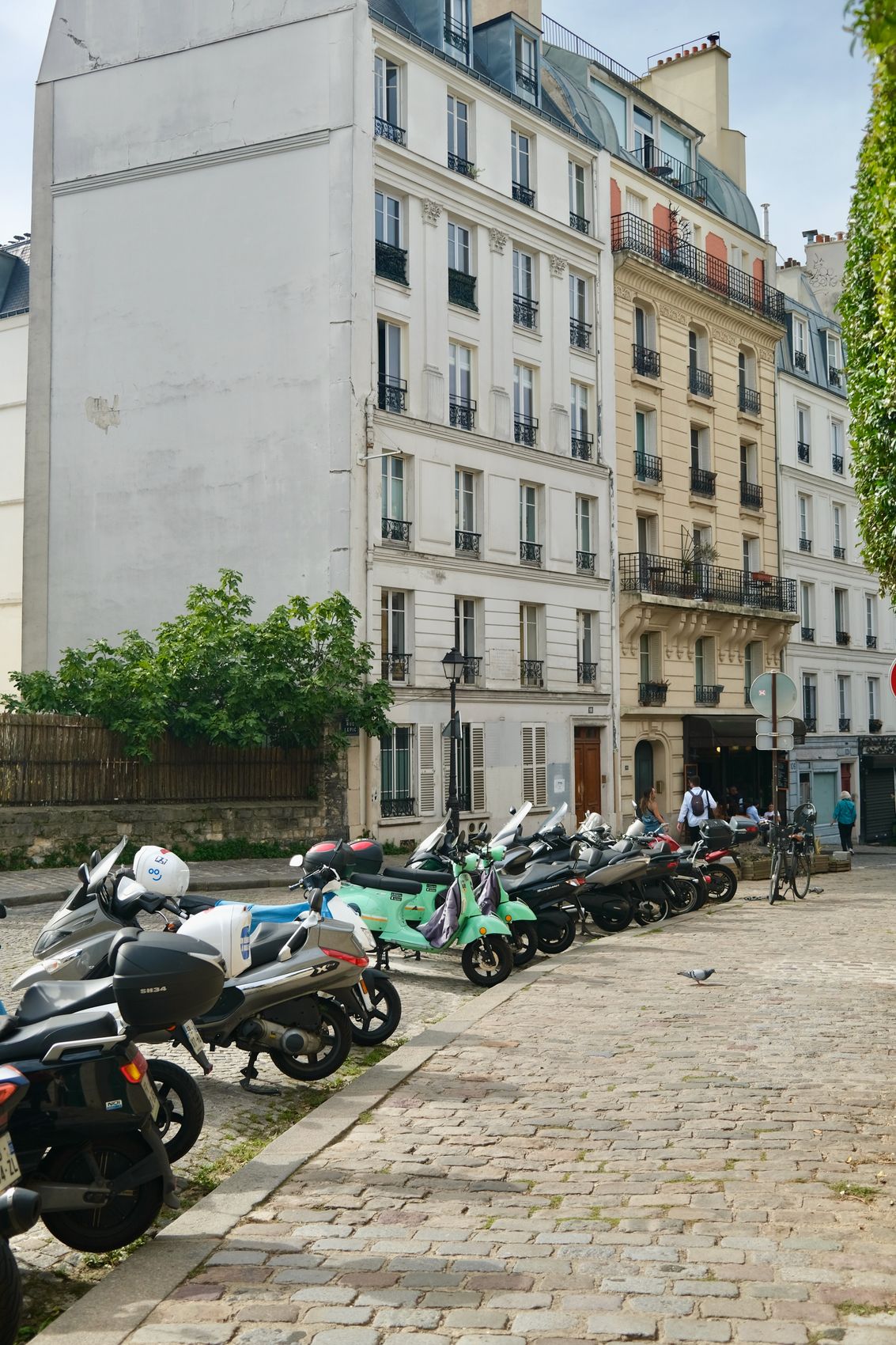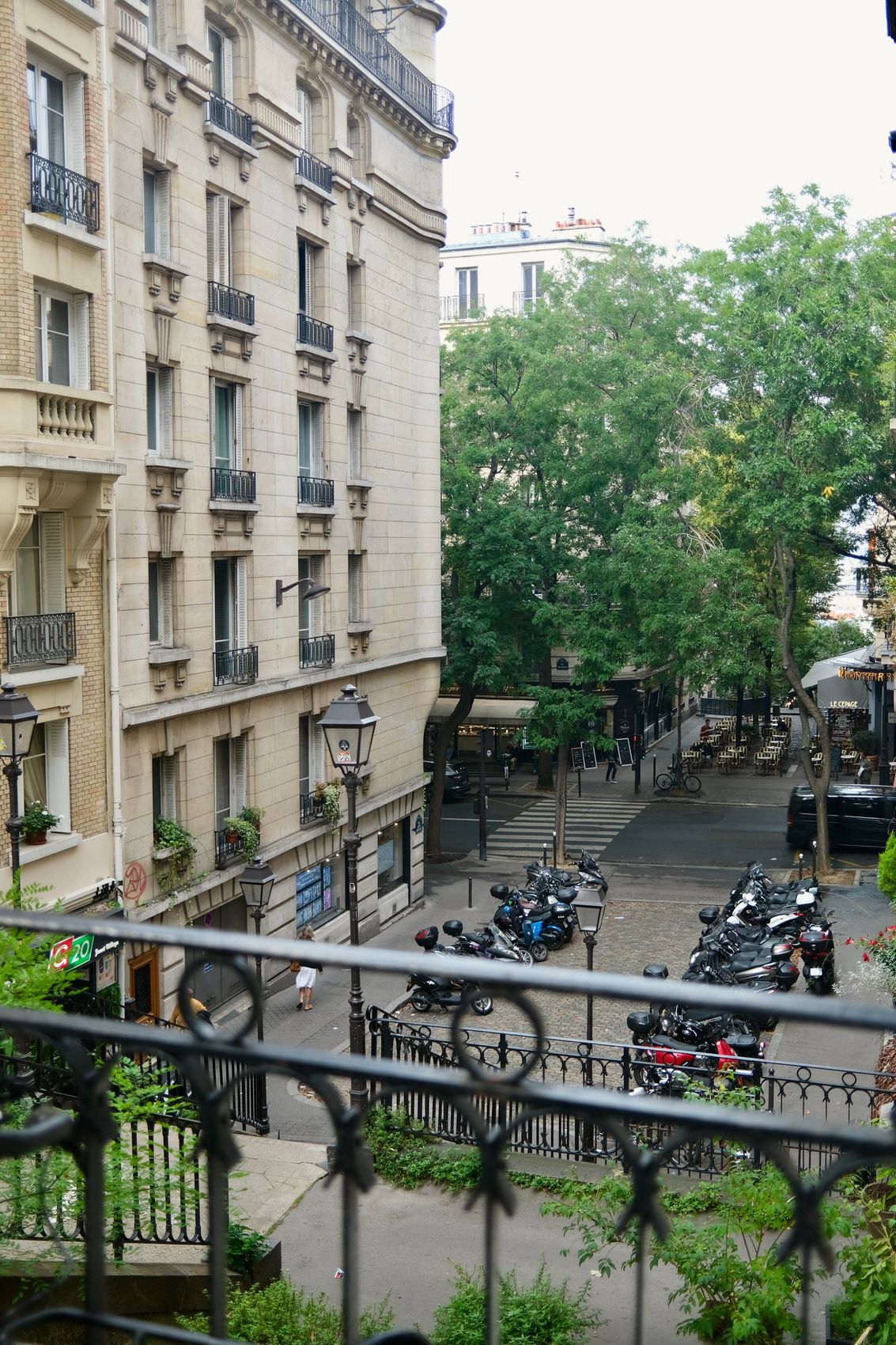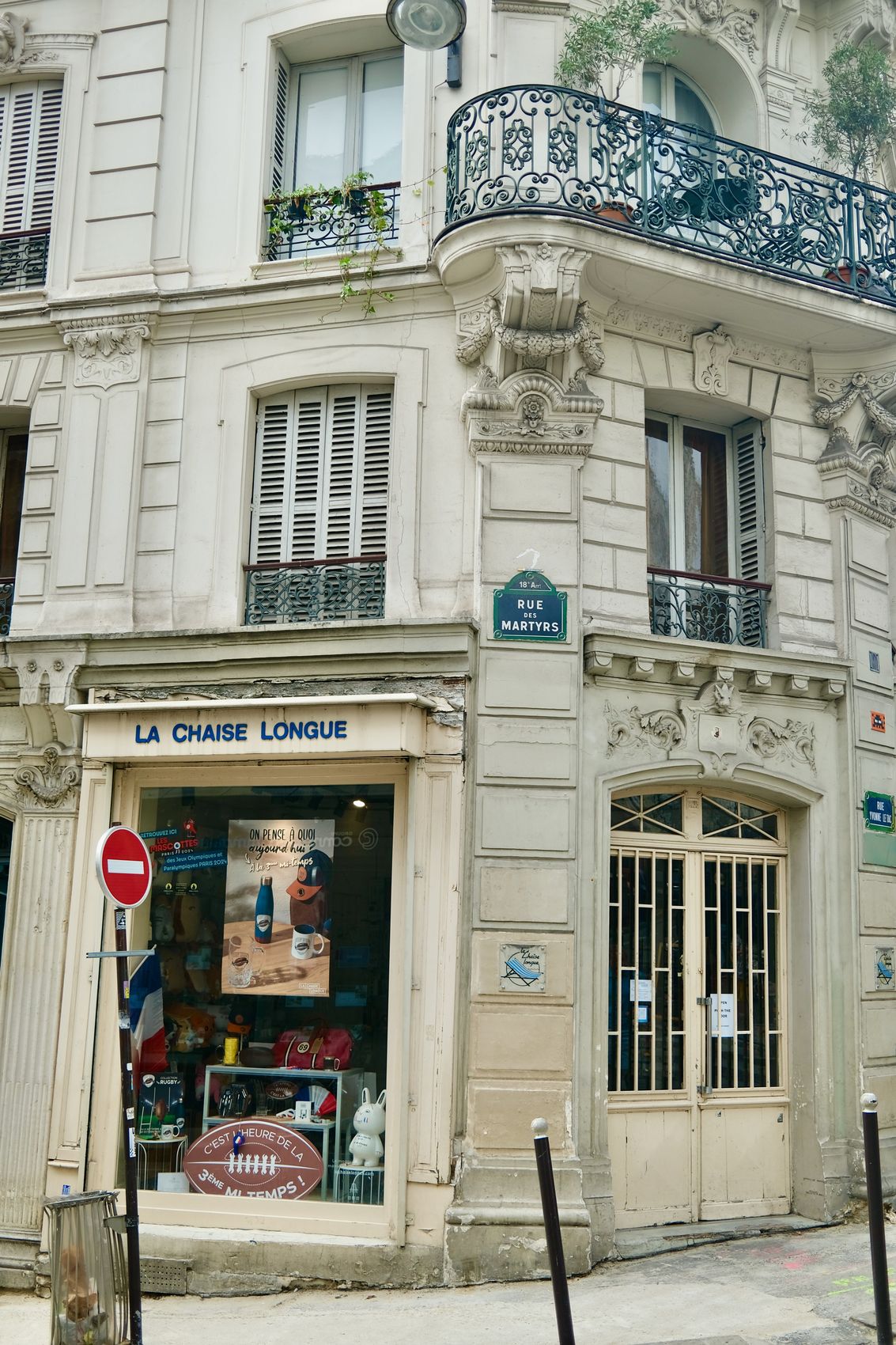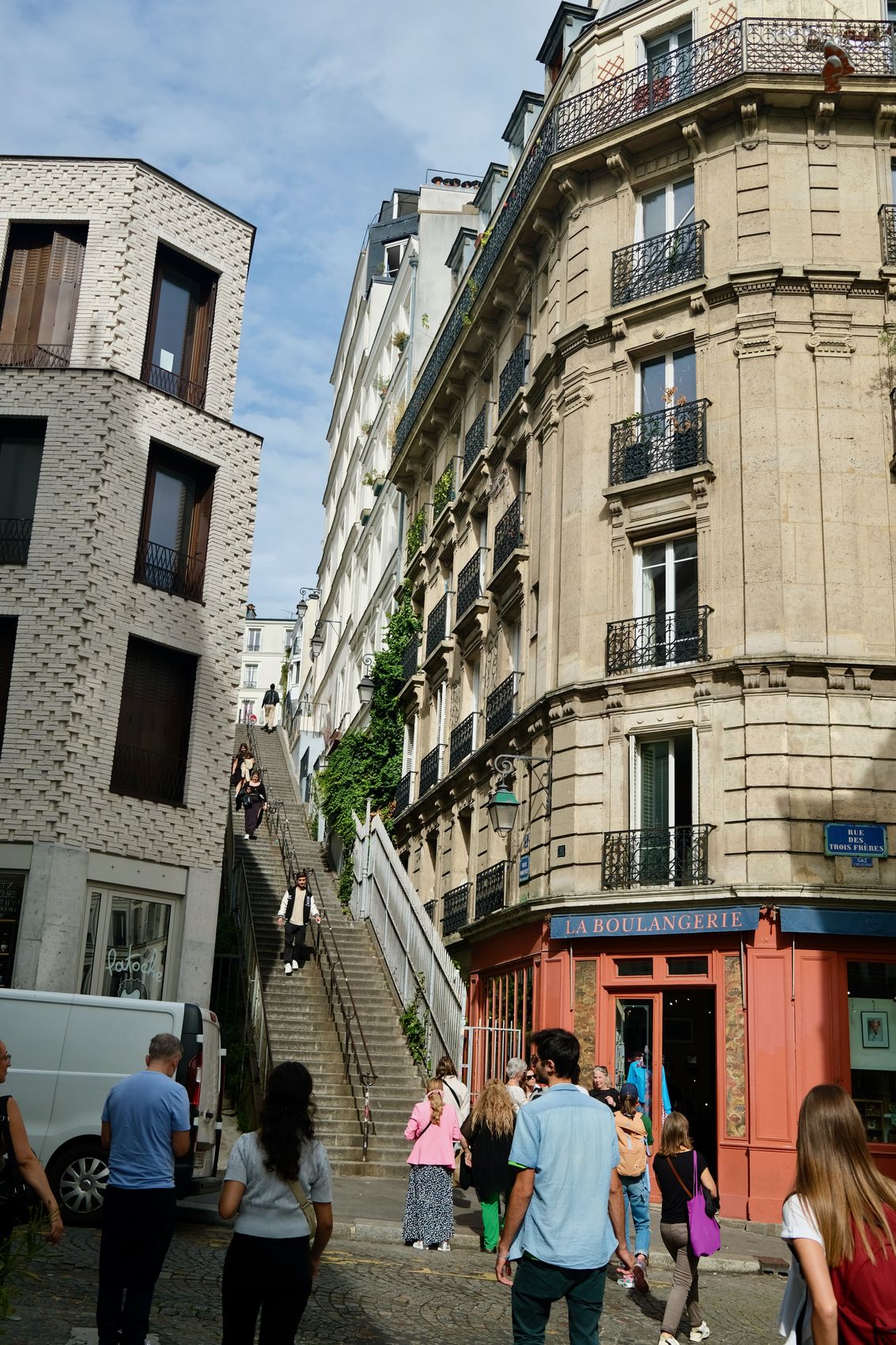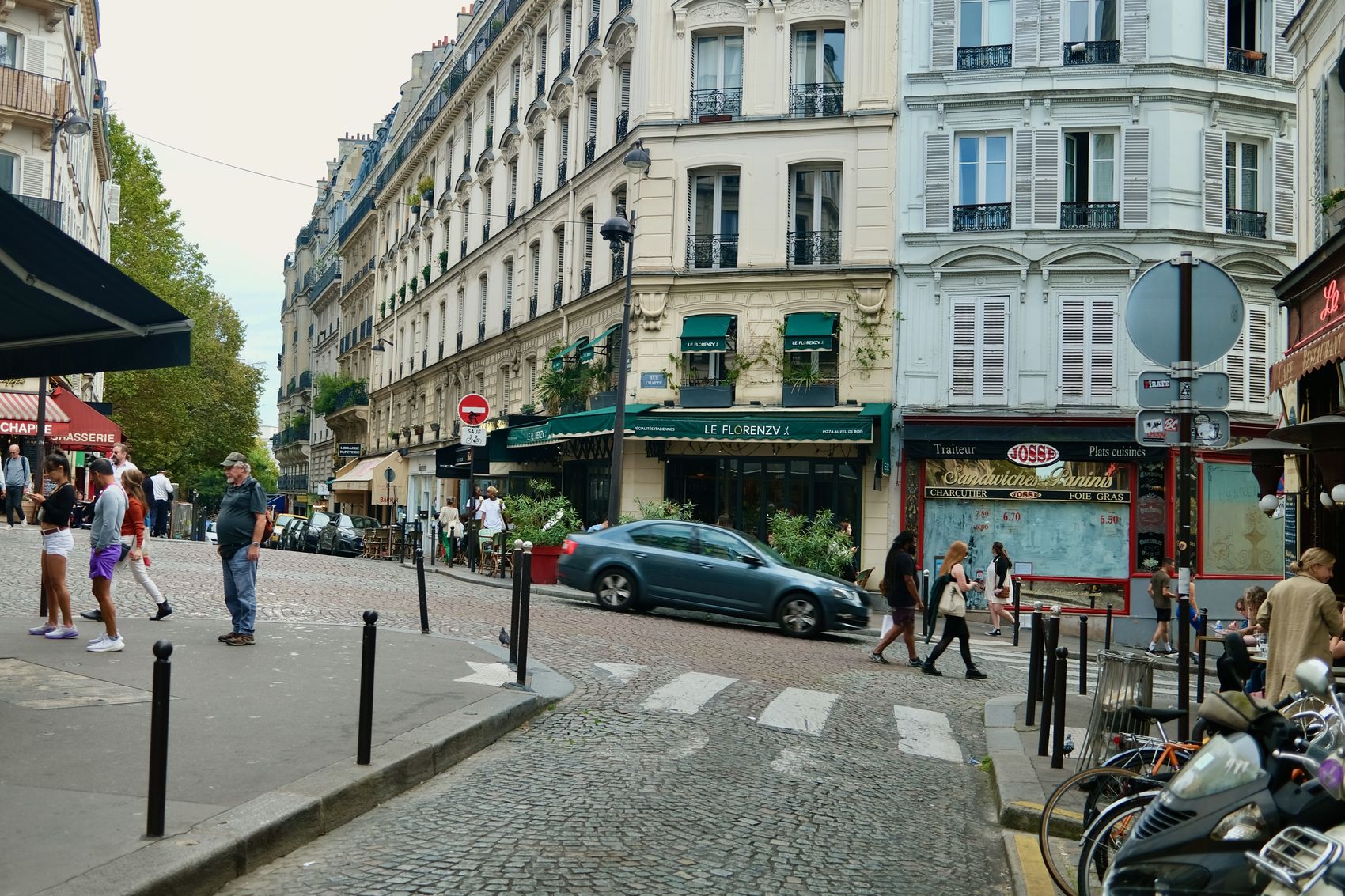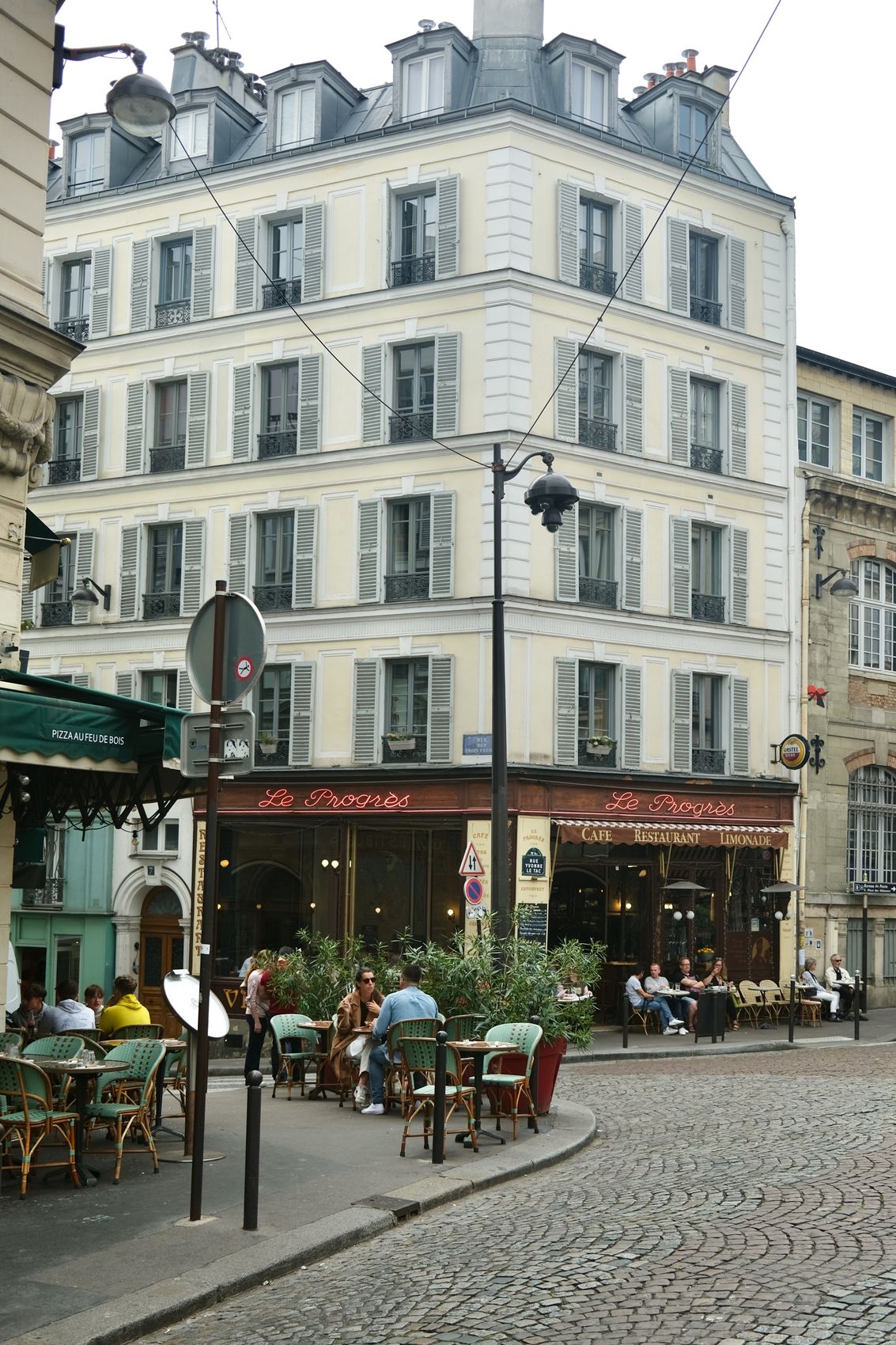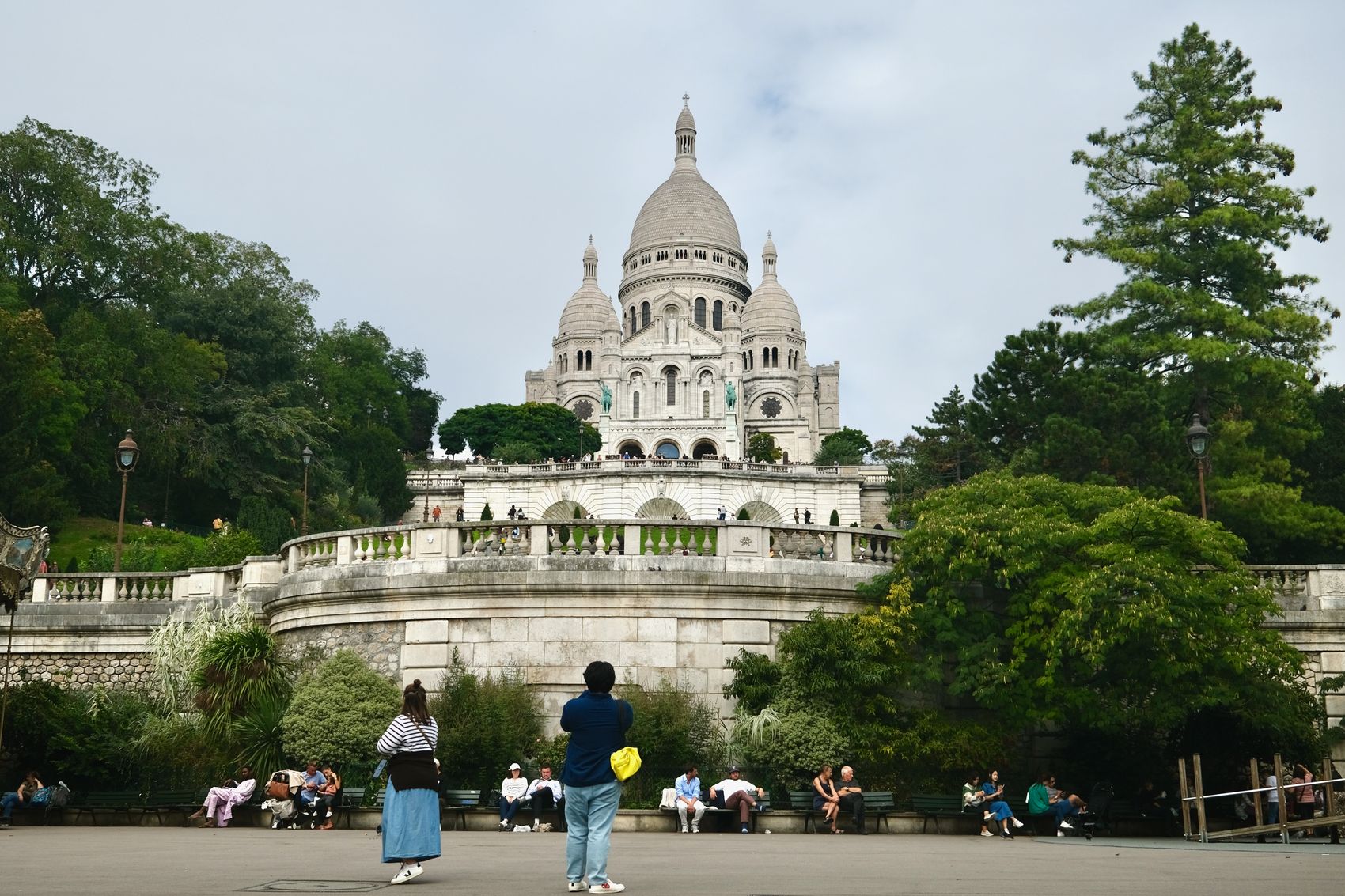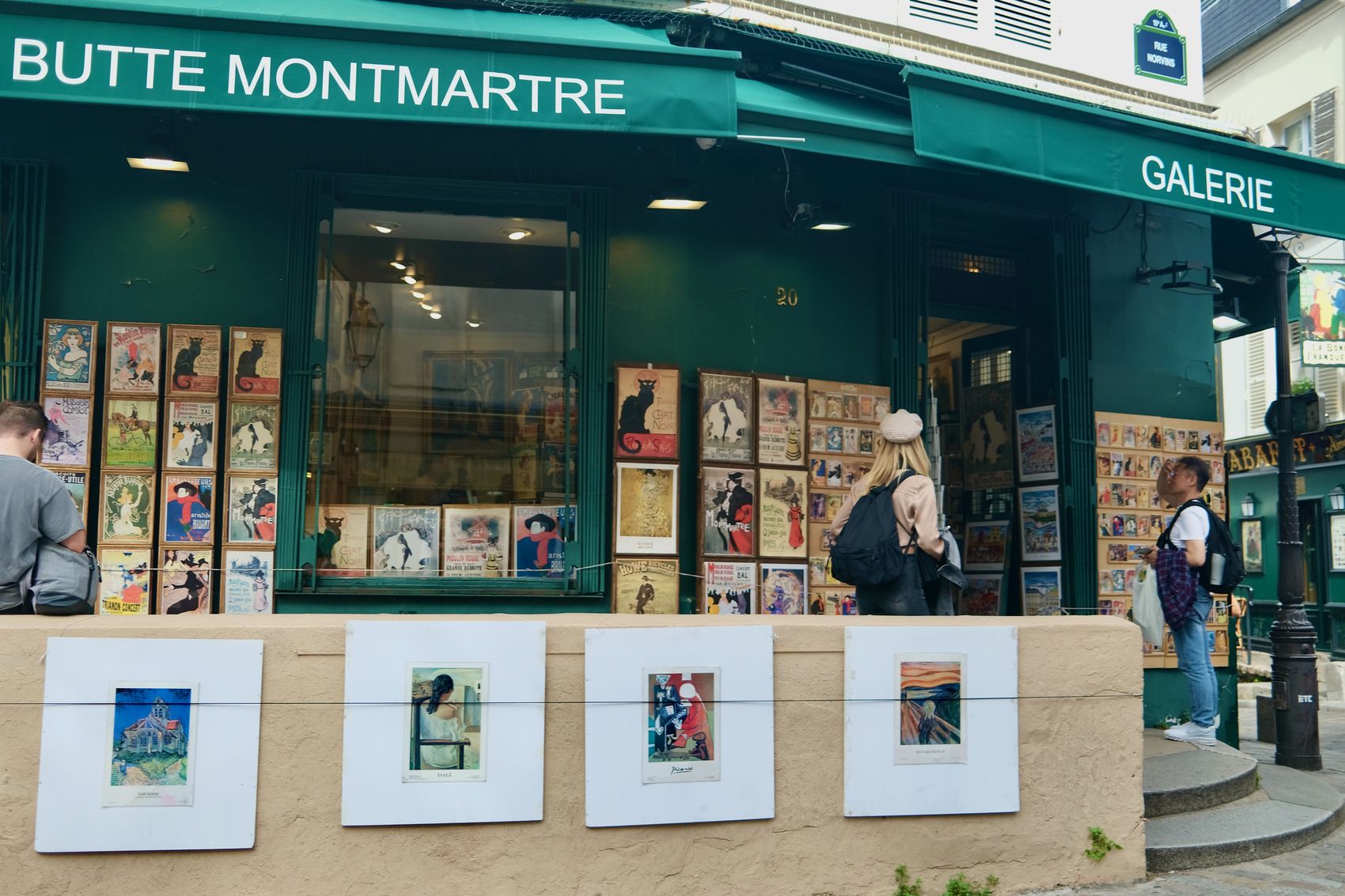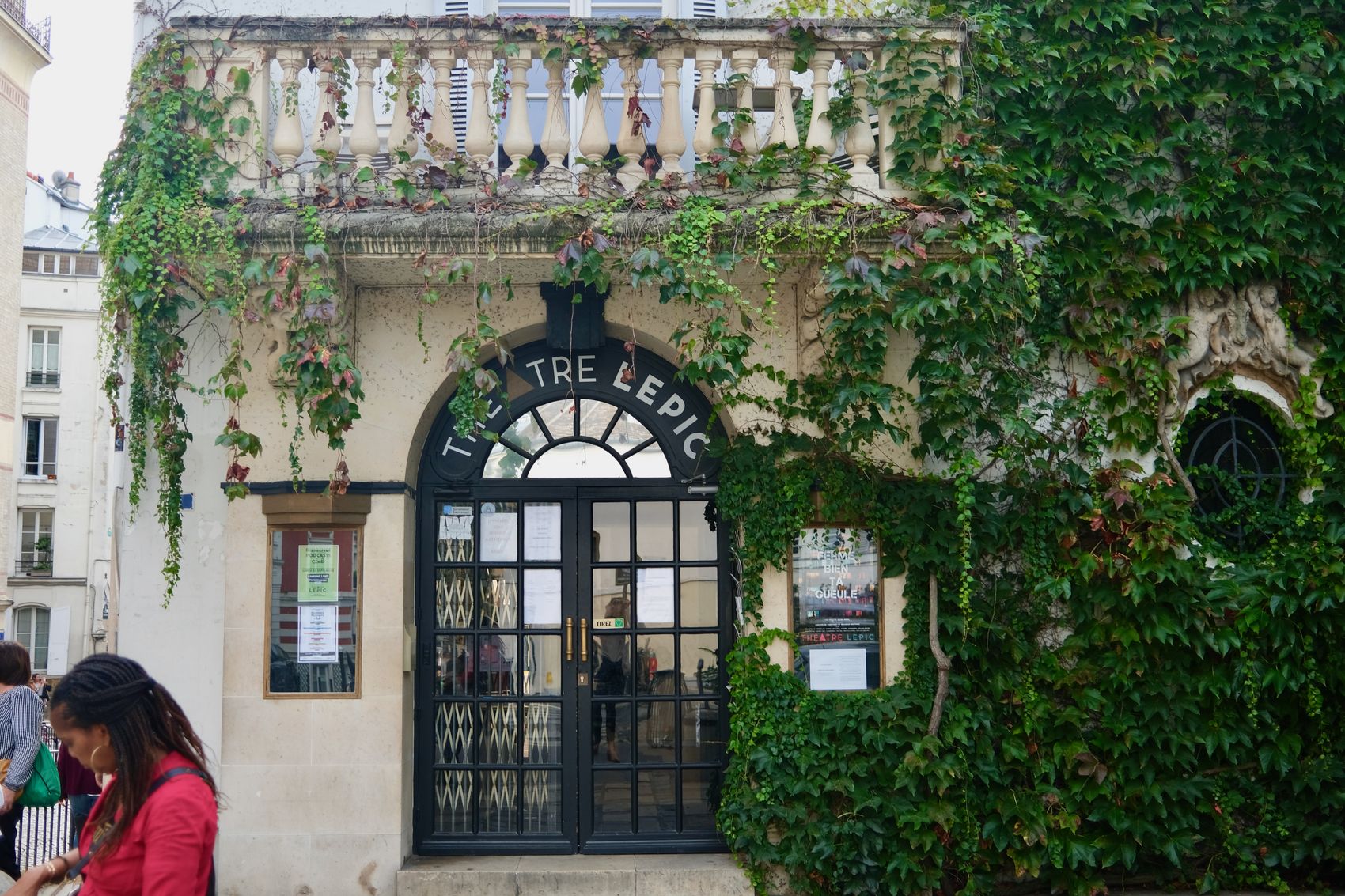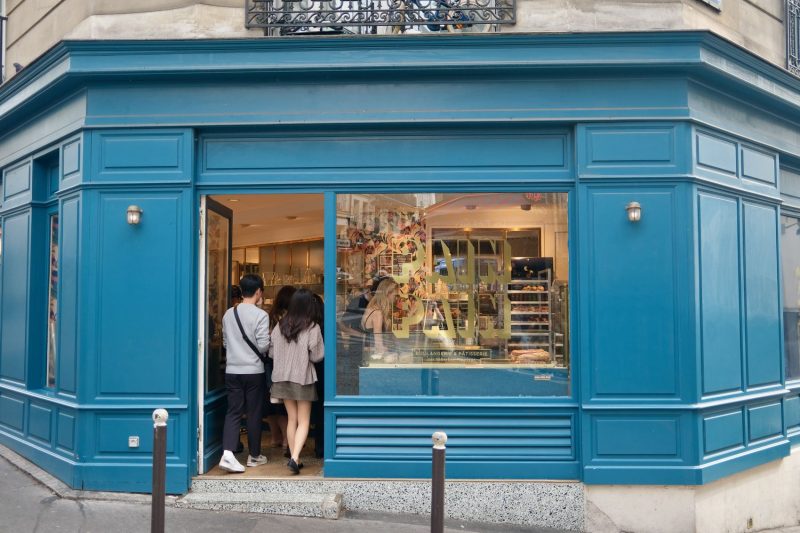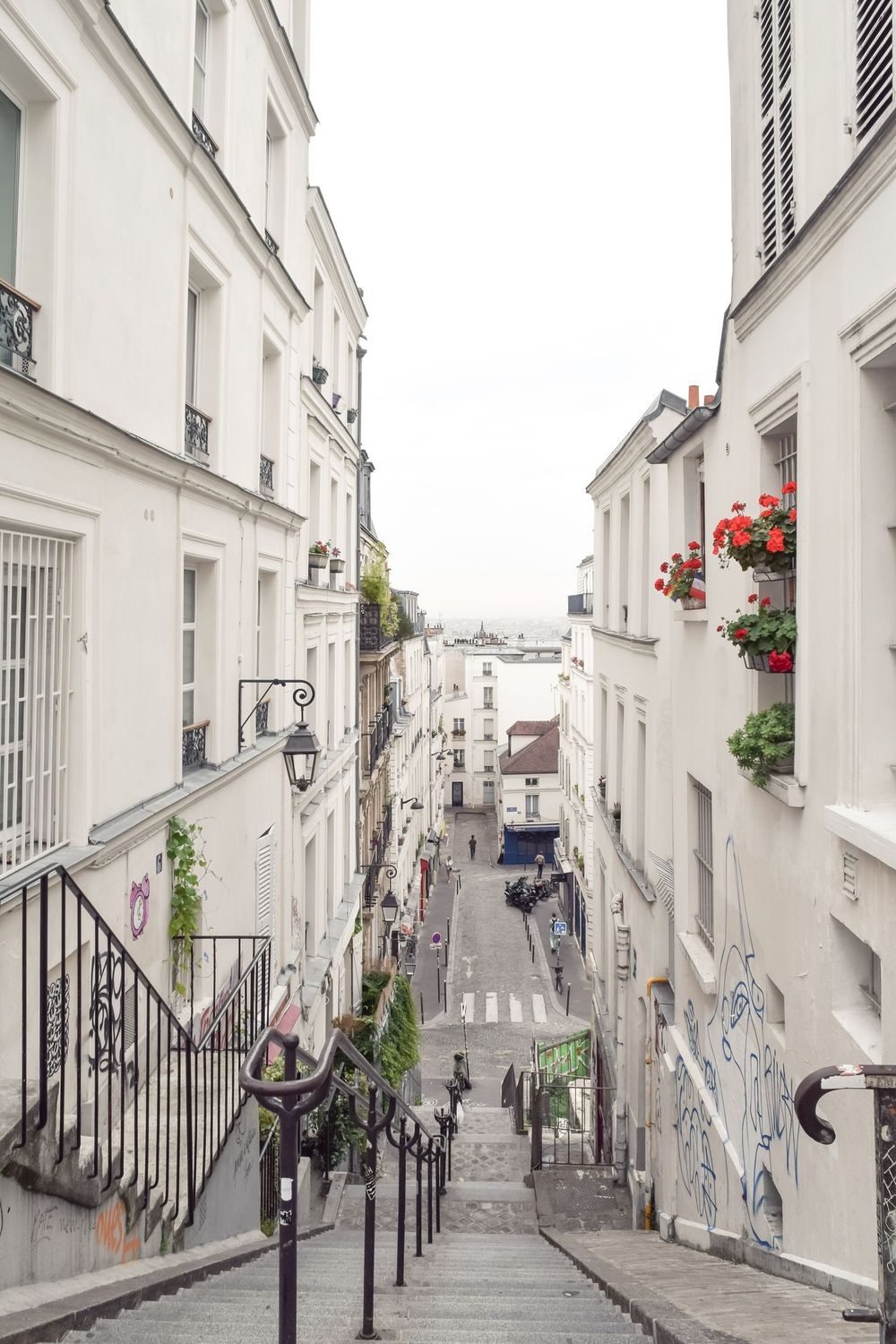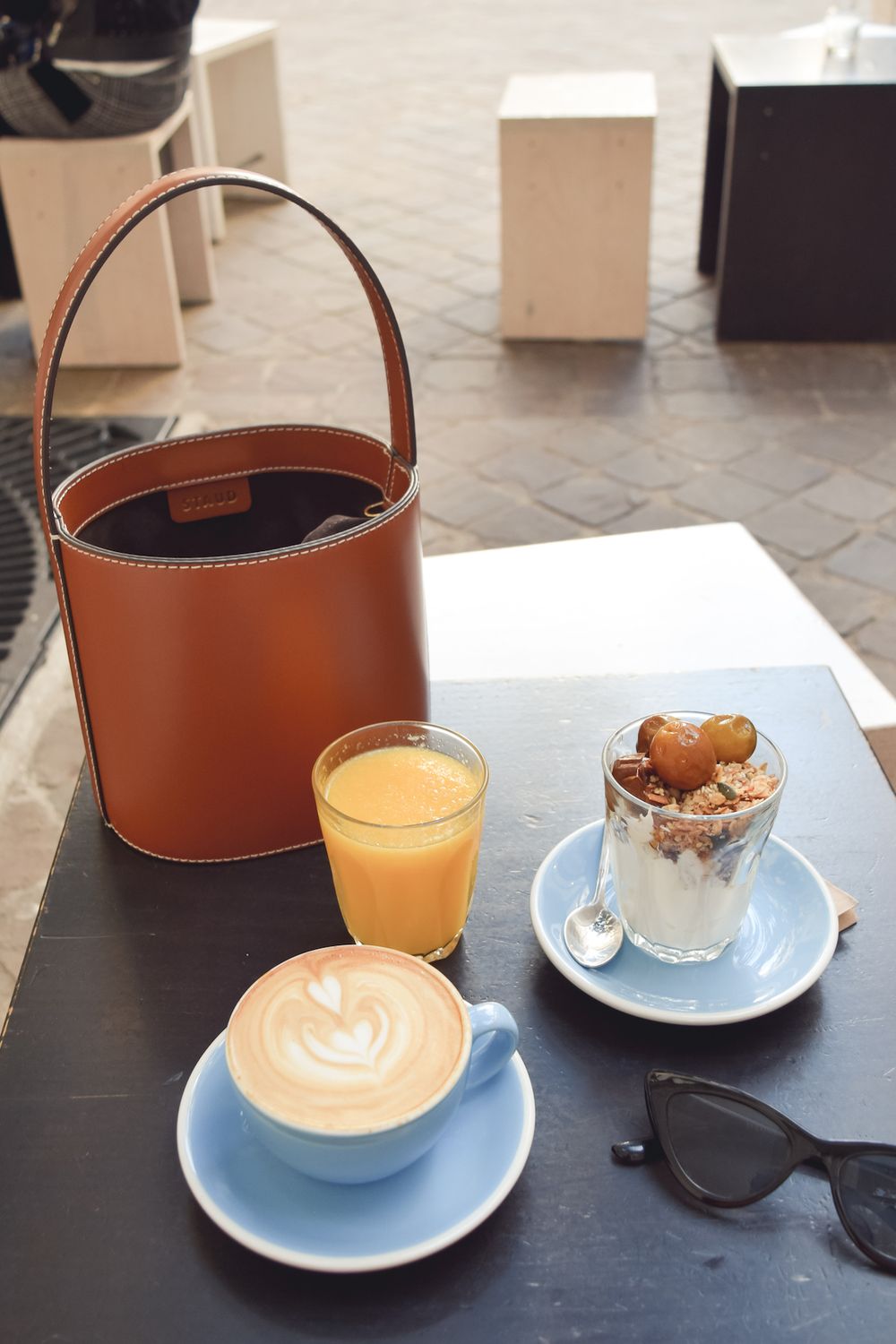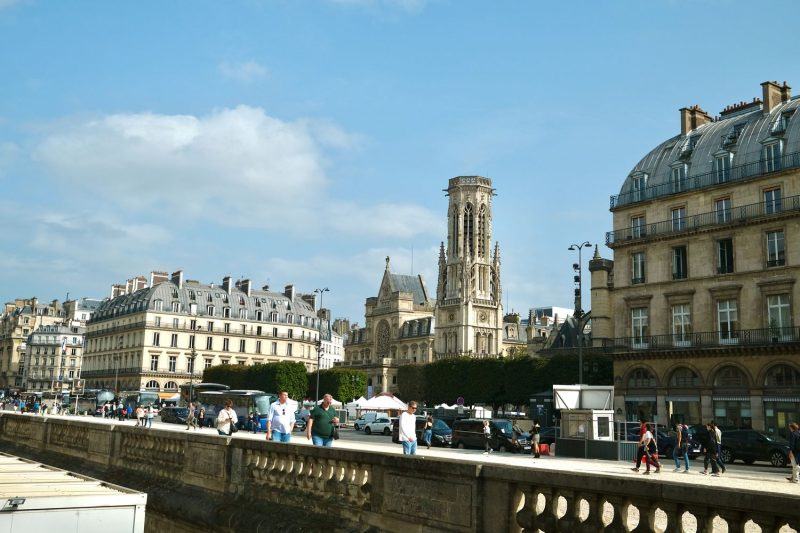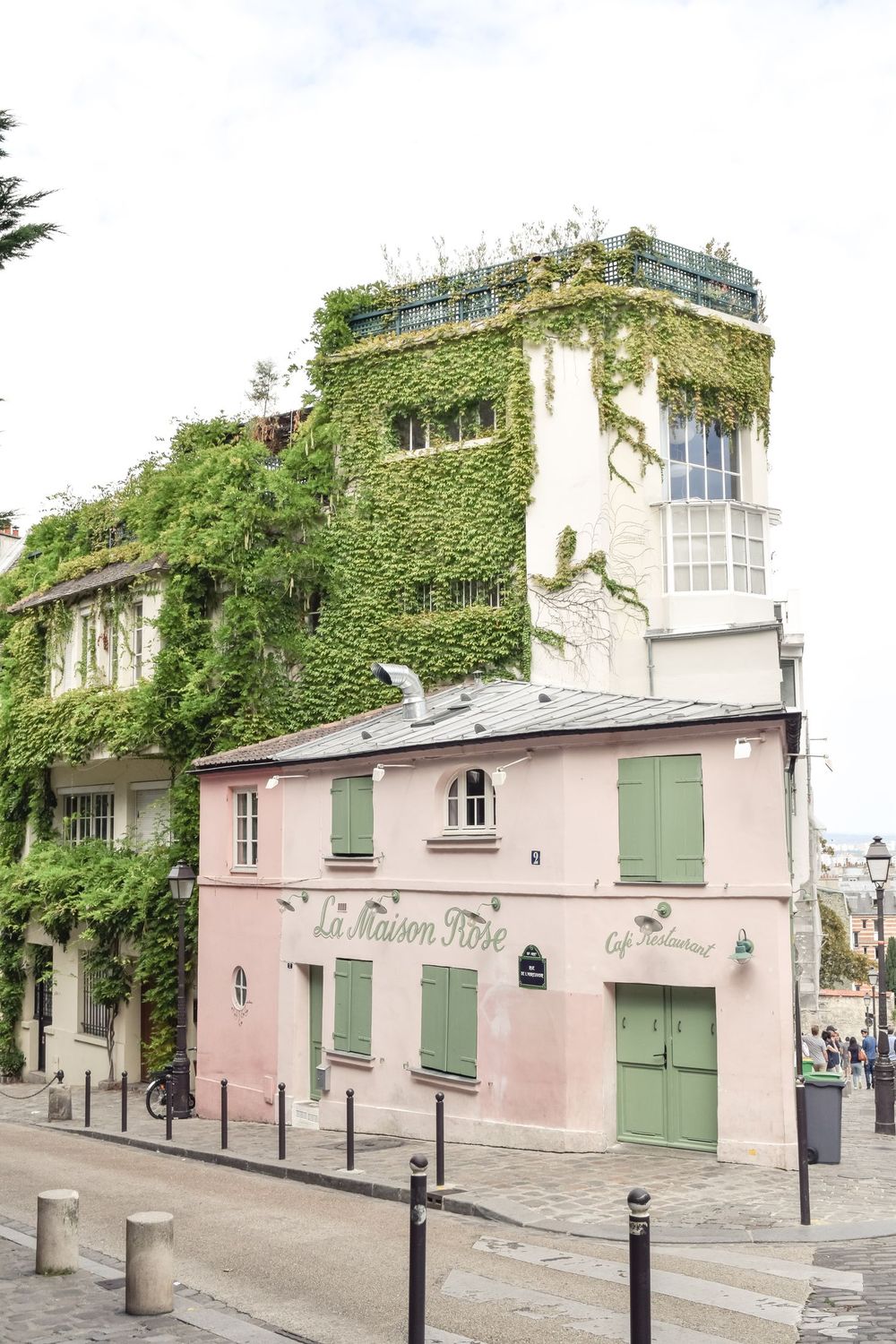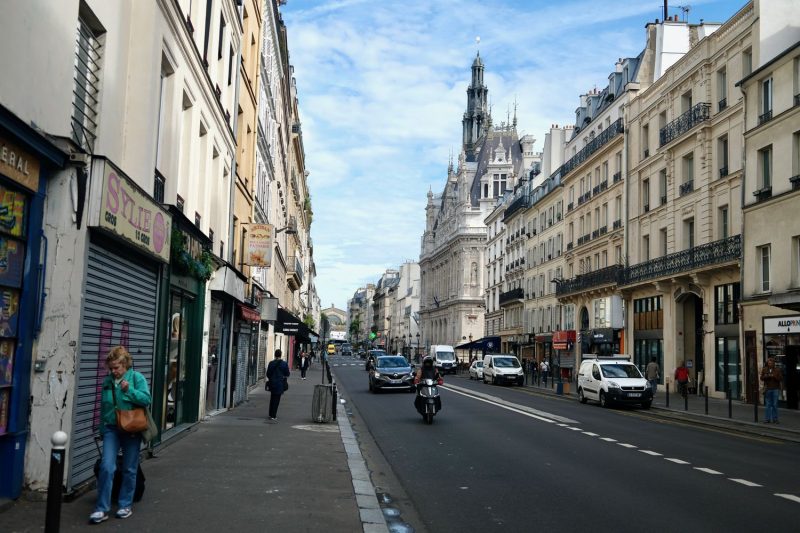A Guide to the Bohemian 18th Arrondissement of Paris
Culture Travel may earn a commission through links on this website. As an Amazon Associate, we earn from qualifying purchases.
Perched on Paris’s highest hill, the 18th arrondissement is where bohemian spirit meets artistic legacy in the City of Light. This storied neighborhood, crowned by the gleaming white domes of Sacré-Cœur, has long been the beating heart of Parisian creativity—from the Belle Époque cabarets of Pigalle to the cobblestone squares of Montmartre where Picasso, Renoir, and Van Gogh once painted. Today, the 18th remains delightfully untamed, blending tourist-thronged viewpoints with hidden artist studios, bustling multicultural markets, and intimate wine bars tucked down narrow streets.
Whether you’re tracing the footsteps of Toulouse-Lautrec past the Moulin Rouge, discovering street art in the evolving Goutte d’Or district, or simply savoring a café crème while sketching the rooftops of Paris, the 18th arrondissement offers an authentic taste of the city’s enduring creative soul—one that refuses to be polished into postcard perfection.
History of the 18th Arrondissement of Paris
Here’s a comprehensive history of the 18th arrondissement of Paris.
Early History and Rural Beginnings
The area that would become the 18th arrondissement began as a collection of rural villages and hamlets perched on the hills north of Paris. Montmartre, the district’s most famous quarter, takes its name either from “Mons Martyrum” (Mount of Martyrs), where Saint Denis was allegedly beheaded around 250 AD, or from “Mons Mercurii” (Mount of Mercury), suggesting a Roman temple once stood on the hill. Throughout the Middle Ages, Montmartre remained dominated by its Benedictine abbey, founded in 1133, with vineyards, windmills, and gypsum quarries defining the landscape.
Annexation and Transformation (1860)
The 18th arrondissement was officially created in 1860 when Napoleon III and Baron Haussmann annexed the surrounding communes into Paris. The district absorbed the villages of Montmartre, La Chapelle, and Clignancourt, transforming formerly independent communities into a single Parisian arrondissement. This annexation was met with resistance from Montmartre’s fiercely independent residents, who cherished their village autonomy and lower taxes.
The Commune and Political Fervor (1871)
The 18th arrondissement played a pivotal role in the Paris Commune of 1871. The uprising began on Montmartre’s heights when government troops attempted to seize cannons stored there; local women confronted the soldiers, sparking the revolutionary movement. For 72 days, the Commune governed Paris with radical socialist policies before being brutally suppressed. The construction of Sacré-Cœur basilica (begun in 1875) was partly a conservative response to the Commune, intended as a symbol of moral order and penance—a deeply controversial project that many Montmartrois viewed as an occupying monument.
The Golden Age: Bohemian Paradise (1880s-1920s)
The late 19th and early 20th centuries marked the arrondissement’s golden age as the epicenter of artistic Paris. Cheap rents, picturesque views, and distance from bourgeois propriety attracted waves of artists, writers, and performers. The Moulin Rouge opened in 1889, launching thecan-can into international fame and providing Henri de Toulouse-Lautrec with his most iconic subjects.
The Bateau-Lavoir, a ramshackle studio building, housed Picasso, Braque, Modigliani, and other struggling artists who would revolutionize modern art. Montmartre’s cabarets, cafés, and dance halls—Le Chat Noir, Le Lapin Agile, Moulin de la Galette—became legendary gathering places where art, music, and radical ideas flourished. This era produced not just visual art but also the chansons of Aristide Bruant and later Édith Piaf, defining the romantic image of bohemian Paris.
Decline and Gentrification (Mid-20th Century)
By the 1920s, rising rents and the area’s increasing commercialization drove many artists south to Montparnasse. World War II brought occupation and hardship, and the post-war decades saw the 18th become increasingly working-class and immigrant, particularly in neighborhoods like Barbès and Goutte d’Or, which welcomed waves of North African immigration. Pigalle evolved into Paris’s red-light district, while tourist-oriented businesses gradually overtook authentic Montmartre charm.
Contemporary Era
Today’s 18th arrondissement is a study in contrasts and ongoing transformation. Montmartre remains a major tourist destination, its Place du Tertre packed with portrait painters and souvenir shops, while pockets of authentic neighborhood life persist in quieter corners. The southern districts have become increasingly diverse and multicultural, with Château Rouge hosting one of Paris’s most vibrant African markets.
Recent decades have seen gradual gentrification, with young professionals and artists priced out of central Paris discovering the area’s affordable spaces and authentic character, particularly around the emerging arts scene in quartiers like La Chapelle. The arrondissement continues to balance its mythic artistic past with the realities of contemporary urban life—still creative, still rebellious, but forever changed from its bohemian heyday.
Things to Do in the 18th Arrondissement of Paris
Here are some of the activities and destinations you might explore around the 18th Arrondissement of Paris.
1. Explore Montmartre
In the heart of the arrondissement, Montmartre is famous for its bohemian history, the Basilique du Sacré-Cœur, the Place du Tertre where artists display their work, and charming streets that offer a glimpse of old Paris.
2. Visit the Basilica of Sacré-Cœur
Located on a hill overlooking the city, the iconic Sacré-Cœur basilica is both a Catholic religious site and an architectural masterpiece. The view from its dome is one of the best in Paris.
3. Cafés and Restaurants
The boulevard and its surroundings offer plenty of dining experiences. You can enjoy typical French cuisine or international options in the various establishments. Check out these classic Montmartre cafés.
4. Art Shopping
The area is home to various shops, from local boutiques and independent art galleries to larger commercial establishments, making it a great place for browsing unique items and souvenirs.
5. Theater and Cultural Events
Keep an eye out for local events or performances, as the 18th arrondissement frequently hosts cultural festivals, art exhibitions, live theater productions, and music events.
The Boulevard Marguerite de Rochechouart and the surrounding areas have vibrant nightlife options, including bars, clubs, and live music venues, especially in nearby Pigalle and the Montmartre district.
Besides the Sacré-Cœur, the area has several historic landmarks and interesting architecture, which can be enjoyed during a leisurely walk through the neighborhood.
Enjoy the 18th!
